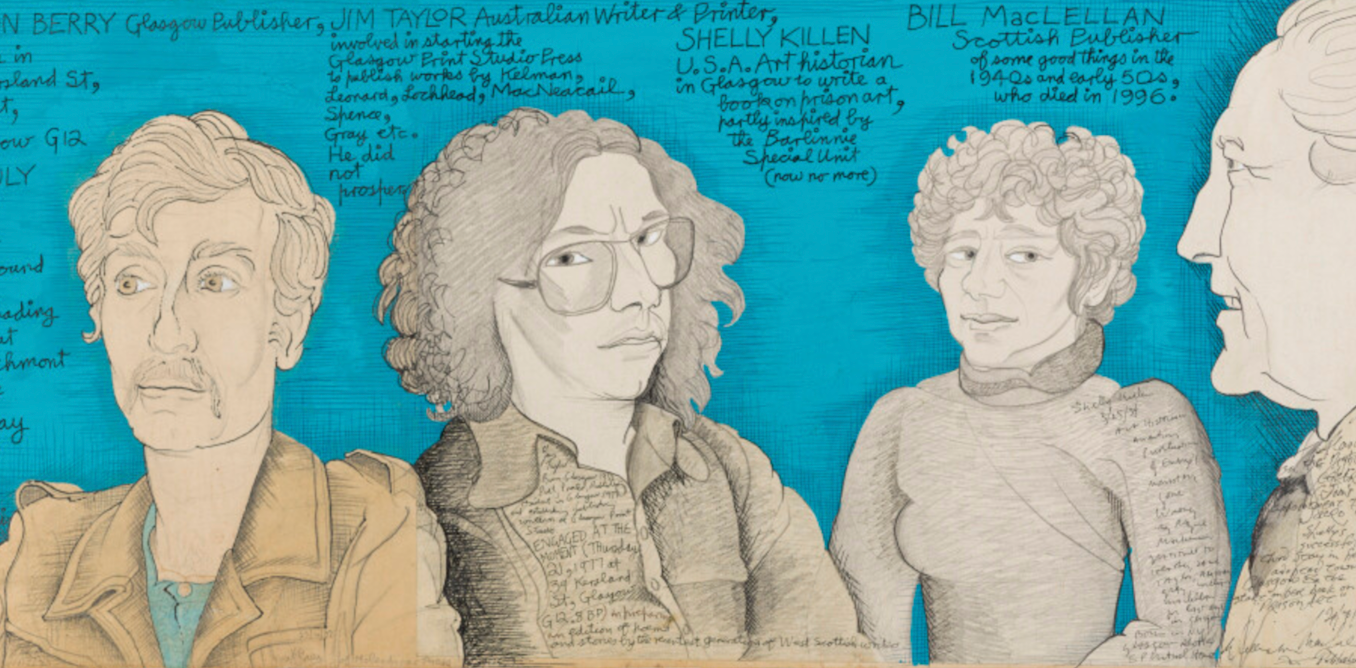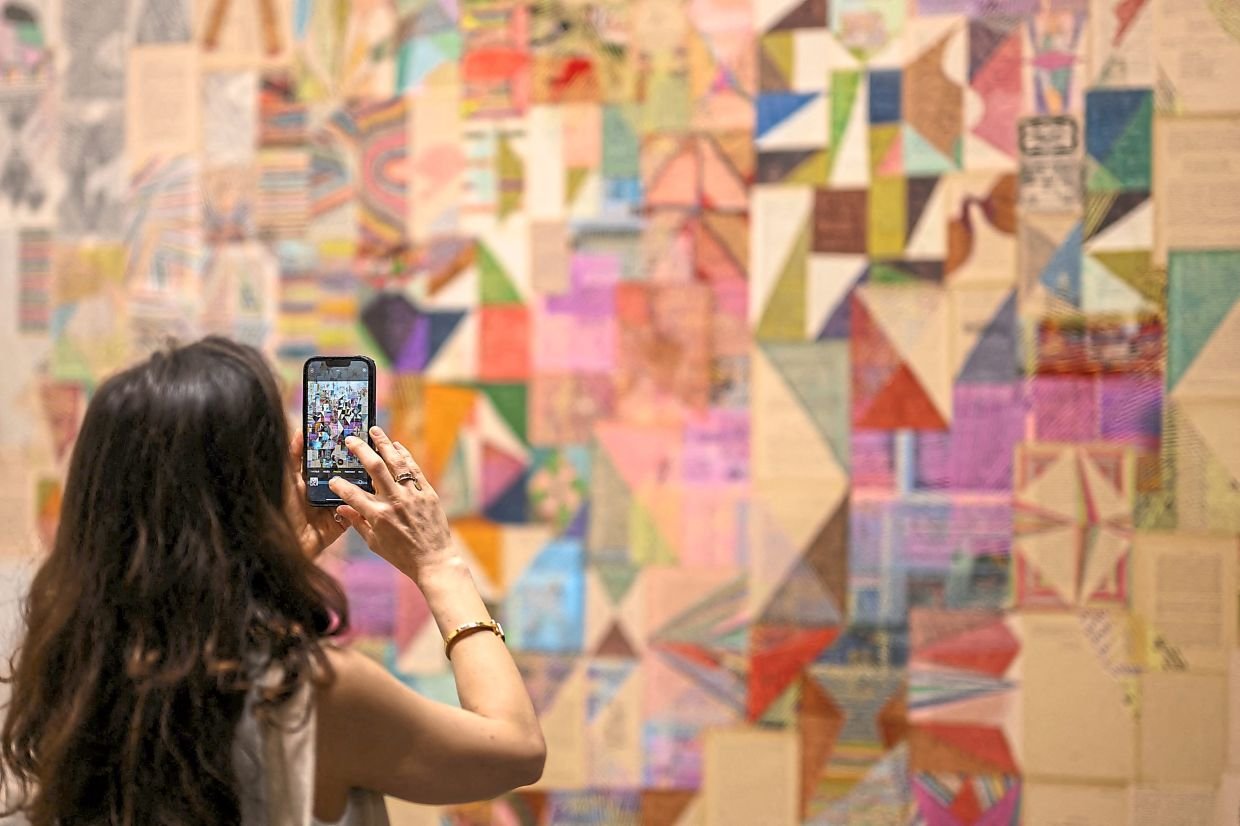The Northern Renaissance European Sculpture and Decorative Arts 1520–1630
Introduction
Works of art shaped the Renaissance, a rediscovery of antiquity that began in the fifteenth century. Traders and traveling artisans spread prints illustrating Greek and Roman art, architecture, and manuscripts across the Alps from Italy. In Northern Europe the Renaissance joined with the Reformation, which destabilized Catholic dominance and introduced new Protestant denominations. With the Bible and ancient philosophy as inspiration, humanist scholars reshaped discussions on art, religion, and society.
The Holy Roman Empire (962–1806) dominated northern lands and united hundreds of independent territories and imperial city-states. Conflicts between religious groups, peasant wars against oppressive aristocracy, and brutal clashes with neighboring nations kept these social and political boundaries in flux. Dealings with European colonial powers, who were exploiting people and land overseas, added to the region’s wealth as merchant networks aggressively extended their markets.
In this complex society, art expressed belonging and belief. Royals, competing fiercely to commission artists, understood that it instilled awe and projected power. Valued for their refinement, the marvels in this gallery were objects of encounter, knowledge, wonder, and personal meaning. Many were specially placed in Kunst-und-Wunderkammern, the art and science collections that were the first step toward today’s museums. Now they offer a window into the past.
Under the Empire’s Wing
The Holy Roman Empire was an unstable conglomerate of dispersed territories—small political and religious units with ever-changing borders, each under constant pressure of dissolution. Visual representations of this structure commonly show the shields of each territory shadowed under the protective wing of a double-headed eagle symbolizing the empire. Rulers belonged to privileged social ranks, from princes, bishops, and abbots to patricians and merchants in the free imperial cities. They answered only to the Holy Roman emperor, who was chosen by the territorial rulers of highest rank, the seven electors. After 1555, the head of a territory determined its religion—many choosing Lutheranism—and people had to convert or leave. Some Protestant leaders confiscated the wealth of Catholic institutions, melting down precious-metal artworks for coin. Between 1520 and 1630 the Holy Roman emperors were exclusively members of the Catholic Habsburg dynasty, such as Maximilian II, Charles V, and Rudolf II.







